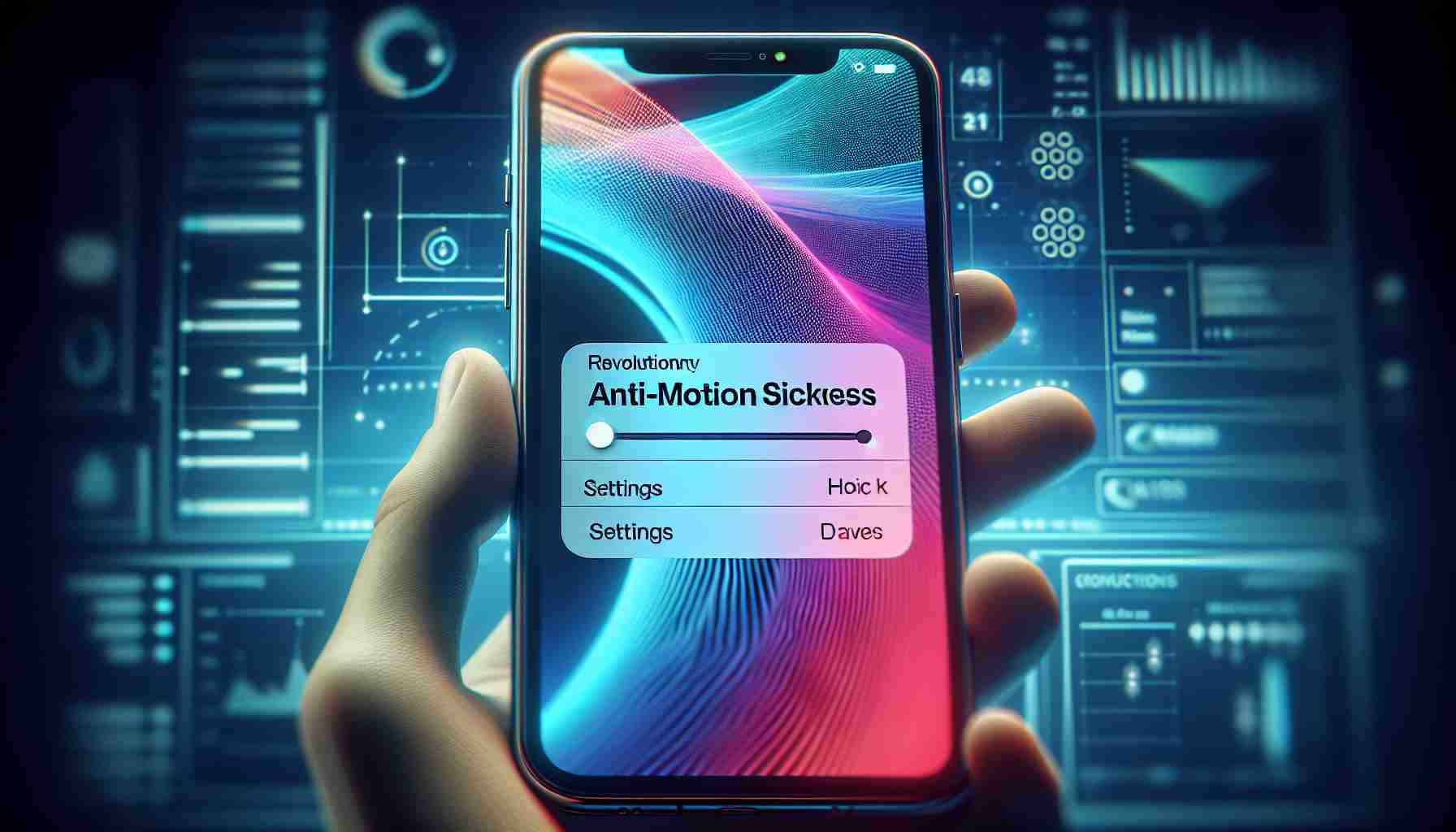Apple’s recent iOS 18 update has introduced a new application specifically designed for those who suffer from motion sickness while using their smartphones in transit. Dubbed the ‘anti-motion sickness feature,’ its aim is to meaningfully enhance the travel experience by lessening the discomfort of motion sickness for passengers.
Users can now access this functionality by navigating to Settings > Accessibility > Motion where they will find the option labeled “Display Vehicle Movement Hints.” This innovative tool leverages the built-in sensors of the iPhone to detect the direction of the vehicle’s acceleration and depicts it on the screen to minimize the sensory mismatch between what the user sees and feels, which is often the cause of motion sickness.
Scientific research suggests that motion sickness often results from a sensory conflict. Recognizing this, Apple’s novel feature aims to mitigate the issue. It works by presenting animated dots at the edge of the screen, symbolizing the changes in vehicle movement to help users reduce the likelihood of developing motion sickness while ensuring the main content display remains unaffected. This introduction is part of Apple’s commitment to improving the user experience with thoughtful technological advancements.
Motion sickness is an ailment that commonly affects people when they are subjected to motion or perceived motion, such as when reading on a moving vehicle. The condition arises from a disparity between the visual motion cues and the vestibular system’s sense of movement. By introducing the anti-motion sickness feature within iOS 18, Apple tackles this issue head-on, offering a potential relief method for millions of iPhone users.
Advantages of the Anti-Motion Sickness Feature:
– Offers potentially improved comfort for users susceptible to motion sickness while using their iPhones in moving vehicles.
– Demonstrates Apple’s focus on accessibility, catering not just to users with typical needs but also those with specific challenges.
– May reduce the need for pharmacological solutions for motion sickness for some users, which can sometimes have side effects.
– Encourages technology to be more inclusive and user-friendly, enhancing the experience for a broader range of users.
Disadvantages of the Anti-Motion Sickness Feature:
– May not be effective for all users, as individual responses to motion sickness stimuli and interventions can vary greatly.
– The feature may consume more battery life as it uses sensors to detect vehicle movement continuously.
– Some users might find the feature distracting or not aesthetically pleasing, depending on personal preferences and the design of the visual cues.
Key Challenges and Controversies:
– Ensuring the technology effectively helps a large majority of users with motion sickness, as it is a highly individualized condition.
– Balancing the functionality and usefulness of the feature against potential additional battery drain.
– Overcoming skepticism from users who have tried other remedies for motion sickness without success, and convincing them to trust and adopt this tech-based solution.
To learn more about Apple and its latest updates, you can visit Apple’s official site via the following link.
Overall, the anti-motion sickness feature in iOS 18 could significantly improve the experience for users who struggle with this condition. While not all new features are foolproof or universally beneficial, this addition represents Apple’s ongoing efforts to innovate and make its technology more accessible to individuals with various needs.
